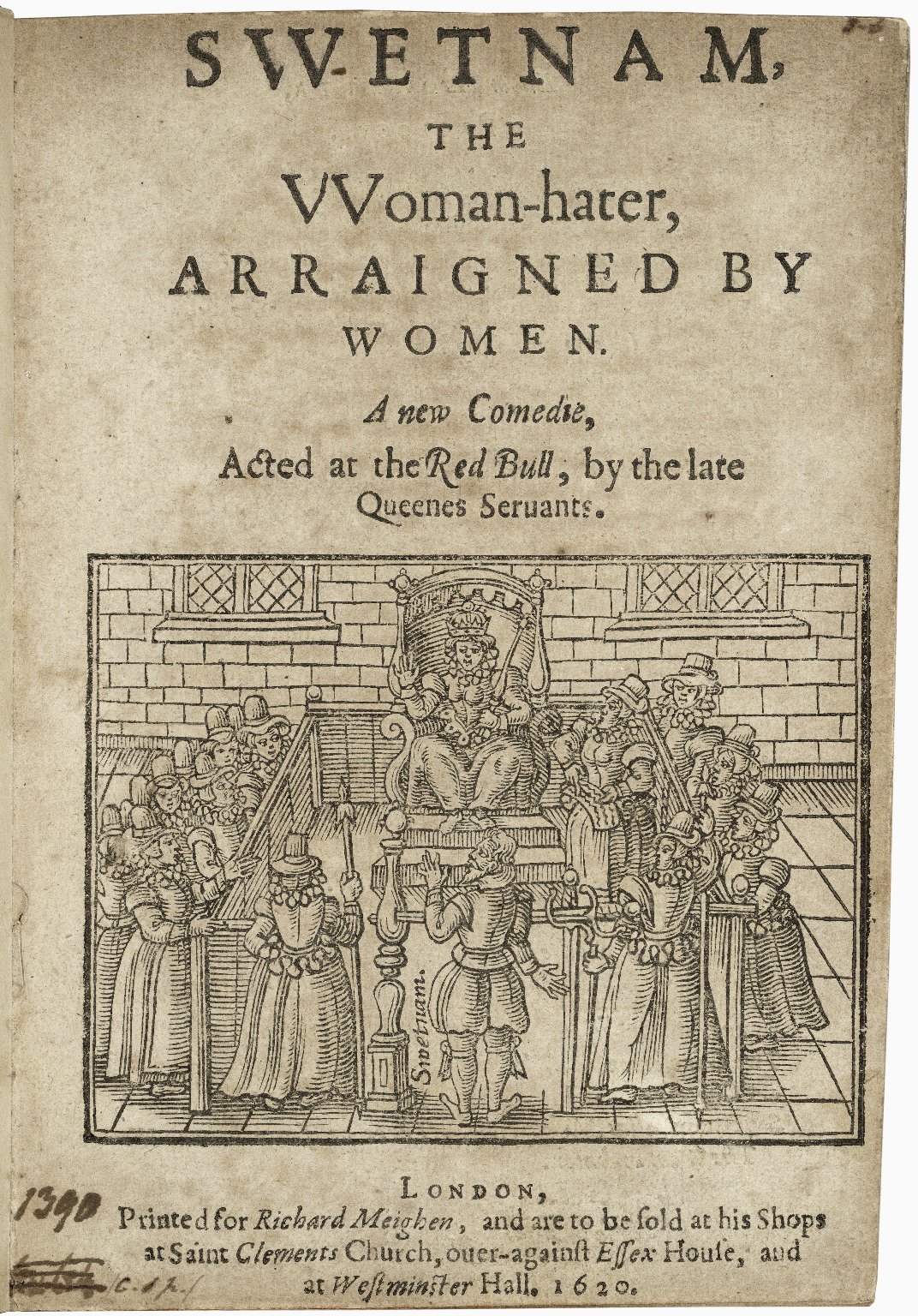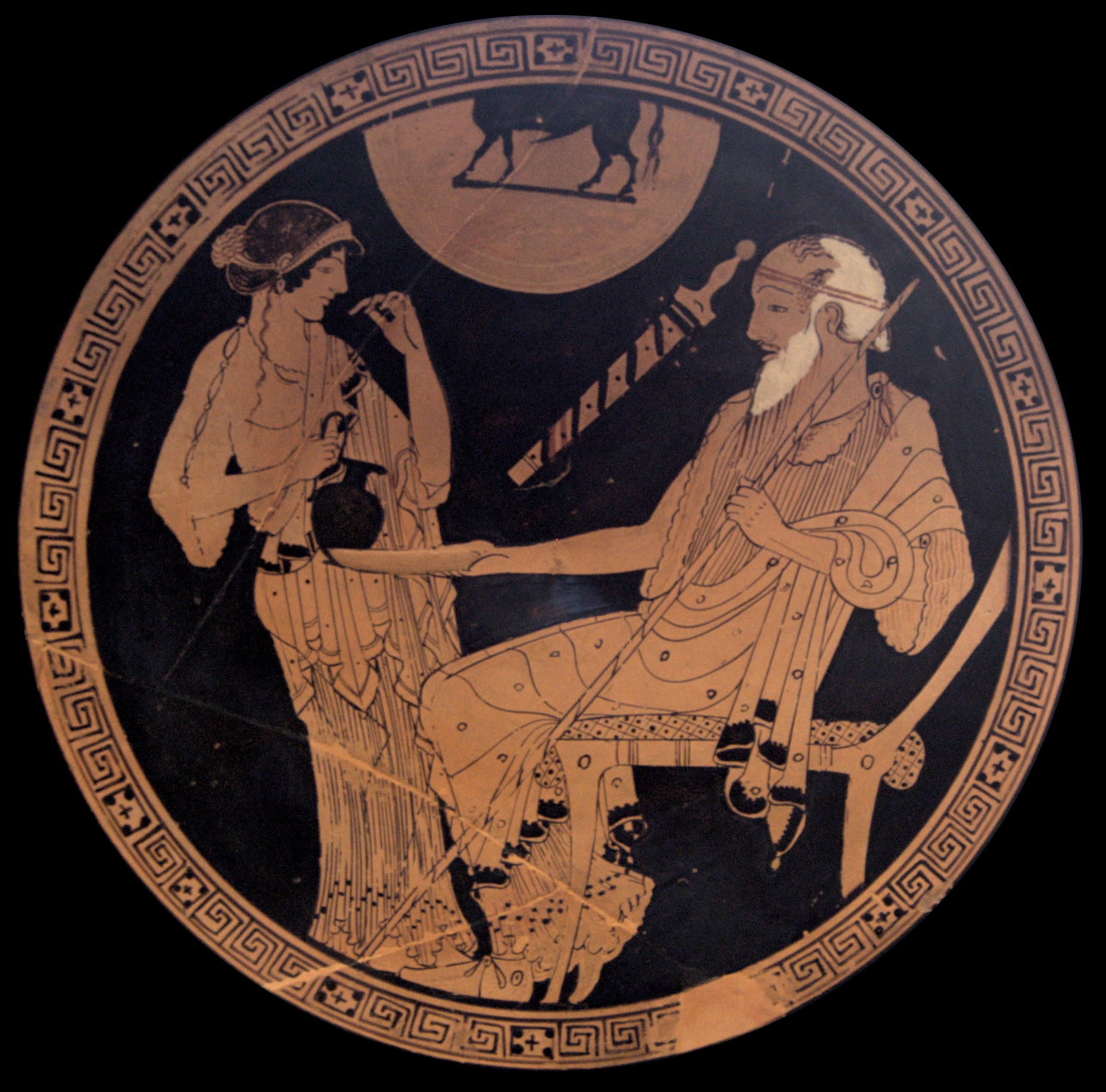|
Sencha Mac Ailella
Sencha mac Ailella is a character from the Ulster Cycle of Irish mythology. He acts as an important judge and notable poet during the reign of Conchobar mac Nessa. He volunteered to foster Cúchulainn, but was only an educator. Sencha helped establish peace between the Ulstermen. Sencha's face broke out in "blotches" when giving a misogynistic judgment. They were a consequence of a spiritual or magical ban that compelled him to behave fairly. His face was later healed when Brigit convinced Sencha to reconsider his judgment. He has been compared to Nestor of Homer's Iliad and Merlin of the Arthurian Legends The Matter of Britain is the body of medieval literature and legendary material associated with Great Britain and Brittany and the legendary kings and heroes associated with it, particularly King Arthur. It was one of the three great Wes .... References {{DEFAULTSORT:Sencha Mac Ailella Ulster Cycle ... [...More Info...] [...Related Items...] OR: [Wikipedia] [Google] [Baidu] |
Ulster Cycle
The Ulster Cycle ( ga, an Rúraíocht), formerly known as the Red Branch Cycle, is a body of medieval Irish heroic legends and sagas of the Ulaid. It is set far in the past, in what is now eastern Ulster and northern Leinster, particularly counties Armagh, Down and Louth. It focuses on the mythical Ulster king Conchobar mac Nessa and his court at Emain Macha, the hero Cú Chulainn, and their conflict with the Connachta and queen Medb. The longest and most important tale is the epic ''Táin Bó Cúailnge'' (Cattle Raid of Cooley). The Ulster Cycle is one of the four 'cycles' of Irish mythology and legend, along with the Mythological Cycle, the Fianna Cycle and the Kings' Cycle. Ulster Cycle stories The Ulster Cycle stories are set in and around the reign of King Conchobar mac Nessa, who rules the Ulaid from Emain Macha (now Navan Fort near Armagh). The most prominent hero of the cycle is Conchobar's nephew, Cú Chulainn. The Ulaid are most often in conflict with the Connacht ... [...More Info...] [...Related Items...] OR: [Wikipedia] [Google] [Baidu] |
Irish Mythology
Irish mythology is the body of myths native to the island of Ireland. It was originally passed down orally in the prehistoric era, being part of ancient Celtic religion. Many myths were later written down in the early medieval era by Christian scribes, who modified and Christianized them to some extent. This body of myths is the largest and best preserved of all the branches of Celtic mythology. The tales and themes continued to be developed over time, and the oral tradition continued in Irish folklore alongside the written tradition, but the main themes and characters remained largely consistent. The myths are conventionally grouped into ' cycles'. The Mythological Cycle consists of tales and poems about the god-like Túatha Dé Danann, who are based on Ireland's pagan deities, and other mythical races like the Fomorians. Important works in the cycle are the ''Lebor Gabála Érenn'' ("Book of Invasions"), a legendary history of Ireland, the ''Cath Maige Tuired'' ("Ba ... [...More Info...] [...Related Items...] OR: [Wikipedia] [Google] [Baidu] |
Conchobar Mac Nessa
Conchobar mac Nessa (son of Ness) is the king of Ulaid, Ulster in the Ulster Cycle of Irish mythology. He rules from Emain Macha (Navan Fort, near Armagh). He is usually said to be the son of the High King of Ireland, High King Fachtna Fáthach, although in some stories his father is the druid Cathbad, and he is usually known by his matronymic, ''mac Nessa'': his mother is Ness, daughter of Eochaid Sálbuide, King of Ulster. Legendary biography Birth There are several versions of how Conchobar was conceived. In the earliest, Ness, daughter of Eochaid Sálbuide, the then king of Ulster, asks the druid Cathbad what it is an auspicious time for. Cathbad replies, "for begetting a king on a queen". There are no other men around, so Ness takes Cathbad to bed and she conceives a son. In a later version, Ness is brought up by twelve foster-fathers, and while all twelve are at a feast, Cathbad, leading a ''fianna, fian'' or landless war-band, attacks the house and kills them all. Eochaid ... [...More Info...] [...Related Items...] OR: [Wikipedia] [Google] [Baidu] |
Ulstermen
Ulster (; ga, Ulaidh or ''Cúige Uladh'' ; sco, label=Ulster Scots, Ulstèr or ''Ulster'') is one of the four traditional Irish provinces. It is made up of nine counties: six of these constitute Northern Ireland (a part of the United Kingdom); the remaining three are in the Republic of Ireland. It is the second-largest (after Munster) and second-most populous (after Leinster) of Ireland's four traditional provinces, with Belfast being its biggest city. Unlike the other provinces, Ulster has a high percentage of Protestants, making up almost half of its population. English is the main language and Ulster English the main dialect. A minority also speak Irish, and there are Gaeltachtaí (Irish-speaking regions) in southern County Londonderry, the Gaeltacht Quarter, Belfast, and in County Donegal; collectively, these three regions are home to a quarter of the total Gaeltacht population of Ireland. Ulster-Scots is also spoken. Lough Neagh, in the east, is the largest lake in t ... [...More Info...] [...Related Items...] OR: [Wikipedia] [Google] [Baidu] |
Misogyny
Misogyny () is hatred of, contempt for, or prejudice against women. It is a form of sexism that is used to keep women at a lower social status than men, thus maintaining the societal roles of patriarchy. Misogyny has been widely practiced for thousands of years. It is reflected in art, literature, human societal structure, historical events, mythology, philosophy, and religion worldwide. An example of misogyny is violence against women, which includes domestic violence and, in its most extreme forms, misogynist terrorism and femicide. Misogyny also often operates through sexual harassment, coercion, and psychological techniques aimed at controlling women, and by legally or socially excluding women from full citizenship. In some cases, misogyny rewards women for accepting an inferior status. Misogyny can be understood both as an attitude held by individuals, primarily by men, and as a widespread cultural custom or system. In feminist thought, misogyny also includes the reje ... [...More Info...] [...Related Items...] OR: [Wikipedia] [Google] [Baidu] |
Brigit
Brigid ( , ; meaning 'exalted one' from Old Irish),Campbell, MikBehind the Name.See also Xavier Delamarre, ''brigantion / brigant-'', in ''Dictionnaire de la langue gauloise'' (Éditions Errance, 2003) pp. 87–88: "Le nom de la sainte irlandaise ''Brigit'' est un adjectif de forme *''brigenti''... 'l'Eminente'." Delamarre cites E. Campanile, in '' Langues indo-européennes'' ("The name of the Irish Saint Brigid is an adjective of the form *''brigenti''... 'the Eminent'"), edited by Françoise Bader (Paris, 1994), pp. 34–40, that Brigid is a continuation of the Indo-European goddess of the dawn like Aurora. Brigit or Bríg is a goddess of pre-Christian Ireland. She appears in Irish mythology as a member of the Tuatha Dé Danann, the daughter of the Dagda and wife of Bres, with whom she had a son named Ruadán. She is associated with wisdom, poetry, healing, protection, blacksmithing and domesticated animals. ''Cormac's Glossary'', written in the 9th century by Christian monk ... [...More Info...] [...Related Items...] OR: [Wikipedia] [Google] [Baidu] |
Nestor (mythology)
In Greek mythology Nestor of Gerenia ( grc, Νέστωρ Γερήνιος, ''Nestōr Gerēnios'') was a legendary king of Pylos. He is a prominent secondary character in Homer's ''Iliad'' and ''Odyssey'', where he appears as an elderly warrior who frequently offers long-winded advice to the other characters. The Mycenaean-era palace at Pylos is known as the ''Palace of Nestor'', though there is no evidence that he was an actual person. Description In the account of Dares the Phrygian, Nestor was illustrated as ". . . large, broad and fair. His nose was long and hooked. He was a wise adviser." Family Nestor was the son of King Neleus of Pylos and Chloris, daughter of King AmphionApollodorus, '' Bibliotheca'' 1.9.9; Scholia on Homer, ''Odyssey'' 11.281 citing Pherecydes of Orchomenus. Otherwise, Nestor's mother was called Polymede. His wife was either Eurydice or Anaxibia; their children included Peisistratus, Thrasymedes, Pisidice, Polycaste, Perseus, Stratichus, ... [...More Info...] [...Related Items...] OR: [Wikipedia] [Google] [Baidu] |
Homer's Iliad
The ''Iliad'' (; grc, Ἰλιάς, Iliás, ; "a poem about Ilium") is one of two major ancient Greek epic poems attributed to Homer. It is one of the oldest extant works of literature still widely read by modern audiences. As with the ''Odyssey'', the poem is divided into 24 books and contains 15,693 lines in its most widely accepted version, and was written in dactylic hexameter. Set towards the end of the Trojan War, a ten-year siege of the city of Troy by a coalition of Mycenaean Greek states, the poem depicts significant events in the siege's final weeks. In particular, it depicts a fierce quarrel between King Agamemnon and a celebrated warrior, Achilles. It is a central part of the Epic Cycle. The ''Iliad'' is often regarded as the first substantial piece of European literature. The ''Iliad'', and the ''Odyssey'', were likely written down in Homeric Greek, a literary amalgam of Ionic Greek and other dialects, probably around the late 8th or early 7th century BC. Homer's ... [...More Info...] [...Related Items...] OR: [Wikipedia] [Google] [Baidu] |
Merlin
Merlin ( cy, Myrddin, kw, Marzhin, br, Merzhin) is a mythical figure prominently featured in the legend of King Arthur and best known as a mage, with several other main roles. His usual depiction, based on an amalgamation of historic and legendary figures, was introduced by the 12th-century British author Geoffrey of Monmouth. It is believed that Geoffrey combined earlier tales of Myrddin and Ambrosius, two legendary Briton prophets with no connection to Arthur, to form the composite figure called Merlinus Ambrosius ( cy, Myrddin Emrys, br, Merzhin Ambroaz). Geoffrey's rendering of the character became immediately popular, especially in Wales. Later writers in France and elsewhere expanded the account to produce a fuller image, creating one of the most important figures in the imagination and literature of the Middle Ages. Merlin's traditional biography casts him as an often-mad being born of a mortal woman, sired by an incubus, from whom he inherits his supernatural powe ... [...More Info...] [...Related Items...] OR: [Wikipedia] [Google] [Baidu] |
Arthurian Legends
The Matter of Britain is the body of medieval literature and legendary material associated with Great Britain and Brittany and the legendary kings and heroes associated with it, particularly King Arthur. It was one of the three great Western story cycles recalled repeatedly in medieval literature, together with the Matter of France, which concerned the legends of Charlemagne, and the Matter of Rome, which included material derived from or inspired by classical mythology. History The three "Matters" were first described in the 12th century by French poet Jean Bodel, whose epic ' ("Song of the Saxons") contains the line: The name distinguishes and relates the Matter of Britain from the mythological themes taken from classical antiquity, the "Matter of Rome", and the tales of the Paladins of Charlemagne and their wars with the Moors and Saracens, which constituted the " Matter of France". King Arthur is the chief subject of the Matter of Britain, along with stories related ... [...More Info...] [...Related Items...] OR: [Wikipedia] [Google] [Baidu] |

.jpg)


